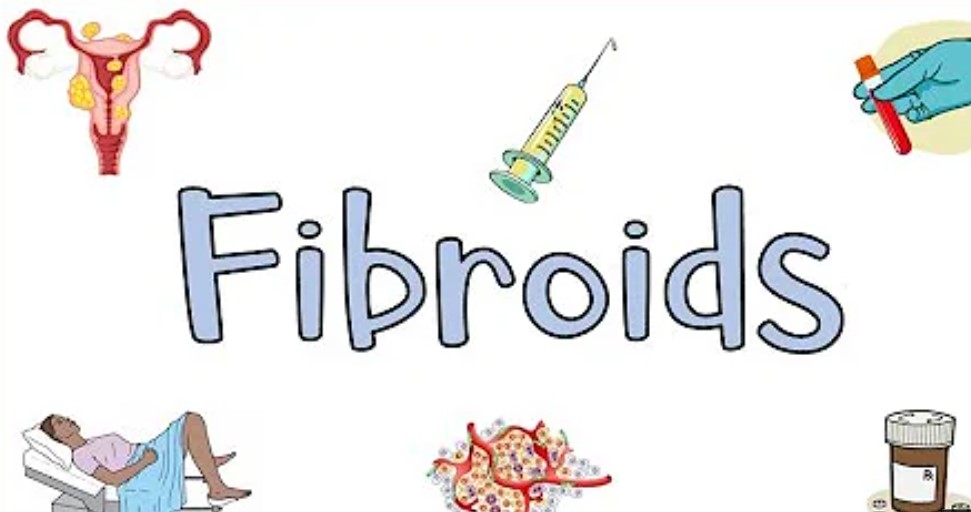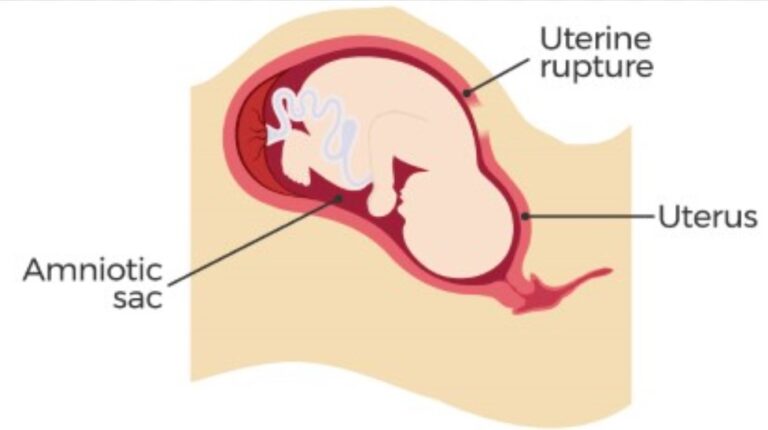Contraception: Meaning, Importance, Methods, Abortion!
Contraception is a very important tool both in preventing unwanted pregnancies in pre-marital partners as well as in family planning. Abortion is a major consequence of unwanted pregnancies. Abortion is still illegal in Nigeria, except for certain circumstances.
Sadly, Unsafe Abortion is still being performed by unlicensed individuals under unsafe conditions leading to deaths & various injuries.
Hence, the importance of contraception cannot be over-emphasized
What is Contraception
Contraception is simply the prevention of pregnancy. Correct & consistent use of contraceptives would help prevent most unintended pregnancies, and also abortions.

Know that no form of contraception is 100% effective. There can still be periods when it can fail. However, it can prevent pregnancies about 90% of the time.
How do Contraceptives Work?
Different types of contraceptives work in different ways. They include;
- Prevents Entry of Sperm: this is how the barrier methods like Condoms & Vaginal caps work.
- Prevent ovulation: some drugs work to prevent the woman from ovulating. E.g.: oral emergency contraception.
- Prevent sperms from reaching the egg: as seen in female & male sterilization (vasectomy).
- Prevent Implantation of a Fertilized embryo: e.g. Cu-IUD and LNG-IUS.
- Allow sperm into the vagina but poison them: e.g. spermicides.
- Fertility awareness-based methods (FAB): avoid sex during the fertile period of the cycle.
What a woman needs to know before choosing a method of contraception
- How to use the method
- and what to do when not used well
- Common side-effects
- How long does it take for fertility to return after stopping?
Methods of contraception
Physical (barrier) methods include;
- Condoms: they are available in both male & female forms. Male condoms are made of latex, which also protects against STIs including HIV. A female condom is lubricated, and made of polyurethane. It is placed into the vagina. It also protects against STIs.
- Diaphragm and cap: They are placed in the vagina & prevent sperms from moving to the cervix. They can cause increased vaginal discharge and urinary tract infections. Know that they do not prevent STIs.
Hormonal Methods Include;
- Combined hormonal contraception: They are available as oral pills, a transdermal patch and as a vaginal ring. They work by preventing ovulation.
- Progestogen-only contraceptive methods: They are available as oral, injectable, implant and intrauterine systems. These also prevent ovulation.
- Intrauterine contraceptives: e.g Cu-IUD, LNG-IUS. These can last from about 3–10 years (or more) depending on the type. They prevent fertilization & Inhibit implantation. They do not prevent ovulation. In the first few months of use, many women might experience unpredictable bleeding which generally improves with time.
Side-effects of Hormonal Contraception
Common side effects that women report with all hormonal methods are unexpected bleeding, weight gain, headaches, mood swings and loss of libido.
Know that, there is no good evidence that hormonal methods cause weight gain. If bleeding problems persist for more than 3 months, see a doctor.
Permanent Methods
This includes Male & Female Sterilization (known as Vasectomy).
Female sterilization: involves making some changes in the tube, that would prevent sperm from reaching the oocyte in the Fallopian tube.
Advice to women considering sterilization
- This method is irreversible. You cannot undo it if you want to get pregnant again later.
- Does not protect against STIs.
- Contraception needs to be used after the procedure until the menstrual period is shown to prevent the risk of Ectopic pregnancy.
Vasectomy: This is a permanent sterilization technique for males. In this method, the vas deferens in males are interrupted/blocked, hence there would be no passage of sperms.
Natural Method
This is based on a woman knowing her fertile period & safe periods with avoidance of intercourse at that time. This requires motivation and a regular menstrual cycle. The depends on the use of one or more of the following methods to monitor & avoid intercourse during the fertile days.
Calendar or rhythm method: see here for an explanation.
Temperature method: This relies on the increase in body temperature
following ovulation. Daily temperatures need to be taken. Some Infections, exercise and medications can also affect body temperature and interfere with this method.
Cervical/Vaginal mucus method: Mucus on toilet tissue can be examined for consistency. Midcycle ‘fertile’ mucus is watery, clear and slippery like raw egg white. After ovulation, it becomes thick and opaque like pap.
Cervical palpation: At midcycle, the cervix rises 1–2 cm and feels softer and moist.
Lactational amenorrhoea: This makes use of the first 6 months after delivery when a mother is breastfeeding (important) & is still yet to see her period, then the risk of pregnancy is about 2%. After 6 months or after breastfeeding, this method should be changed.
Emergency contraception
Every woman deserves a second chance to prevent an unwanted pregnancy.
- The Cu-IUD is the most effective method of emergency contraception available. It is effective even up to 5 days after unsafe sex or 5 days after predicted ovulation.
- In our environment, Postinor-2 is the most common emergency contraceptive available. It is effective if taken within 72 hours (3 days) after unprotected sex. Click here to read more about Postinor-2.
Abortion
No method of contraception is 100% perfect and hence, the need for safe abortion. Safe abortion saves mothers’ lives and prevents the complications recorded with unsafe abortion.
Modern methods of abortion are safer than all common gynaecological operations, such as sterilization and hysterectomy, and there is a lower risk of dying than during childbirth. (Ten Teachers)
However, Abortion in Nigeria is still illegal except for certain conditions stated in the Nigerian Penal/Criminal Code.
Under the circumstances provided for in the Codes, as well as for the interest of regions where it is legal, & for education purposes. The following are the available methods.
Methods of abortion
This can be medical or surgical.
Medical Abortion; This is 95% effective in the first 8 weeks of pregnancy. This involves the use of a combination of mifepristone (a progesterone receptor modulator) followed by a prostaglandin analogue, misoprostol.
Your doctor would inform you of the dosages that would be OK for you during the prescription.
Simple oral analgesic (e.g. ibuprofen, dihydrocodeine) can be taken for the pain.
Bleeding can take anywhere from 9-16 days.
This should only be done by a doctor & under supervision. You should know that an unsupervised abortion can bleed to death.
Surgical Methods: include
Vacuum aspiration: used to terminate a pregnancy of up to 14 weeks.
Dilation and Curettage/evacuation (D & C): This is used after 14 weeks. In the hands of unskilled persons, this can lead to uterine perforation & death. This is the most common cause of death from abortion in places in Africa.
Please, desist from performing abortions at the hands of untrained persons & quacks.
Complications of abortion
Both medical and surgical abortion have their complications. They include;
- failure to end the pregnancy (ongoing pregnancy)
- incomplete abortion requiring evacuation
- infection and haemorrhage
- Uterine Perforation
- risk of future infertility or ectopic pregnancy.
- Death
Remember, Abortion is a crime in Nigeria unless done under certain conditions as provided for in the Penal/criminal code.
Unsafe Abortion kills a lot of young girls & ladies each year.






